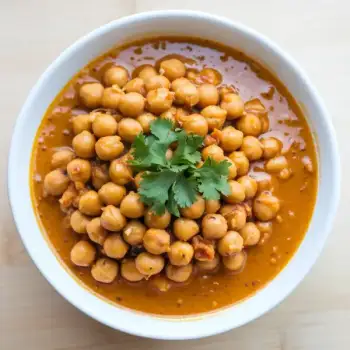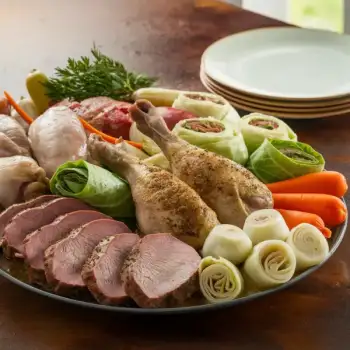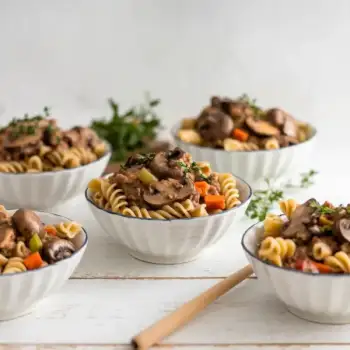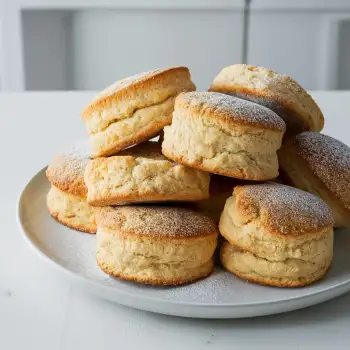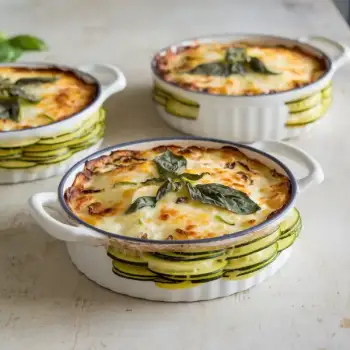


UHT Cream
Ultra-high temperature (UHT) processed cream has been sterilized for longer shelf life. It is often used in cooking and baking.
Sour Cream
This is a type of cream that has been fermented by lactic acid bacteria. It has a tangy flavor and is often used in dips and sauces.
Heavy Cream
This is the thickest type of cream with a fat content of about 36-40%. It is ideal for whipping and gives volume to dishes like soufflés.
Light Cream
Also known as table or coffee cream, it has a fat content of about 18-30%. It is lighter and not suitable for whipping.
Canned Cream
Cream that has been canned for long-term storage. It is often sweetened and used in desserts.
Half-and-Half
This is a blend of equal parts milk and cream, and it has a fat content of about 10-18%. It is commonly used in coffee.
Whipping Cream
This cream has a fat content of about 30-35%. It can be whipped to incorporate air but doesn't hold its shape as well as heavy cream.




UHT cream: Elle & Vire
sour cream: Daisy
heavy cream: Organic Valley
light cream: Horizon Organic
canned cream: Nestle
half-and-half: Darigold
whipping cream: Land O'Lakes

Infusing: Cream can be infused with various flavors like vanilla, herbs, or spices. This is done by heating the cream with the flavoring agent, then letting it steep until the desired flavor is achieved.
Whipping: Whipped cream is made by beating cream until it forms soft or stiff peaks. This can be done with a whisk, a hand mixer, or a stand mixer. The cream should be very cold, and the process should be done quickly to avoid over-beating.
Simmering: Cream is often simmered to create a rich, thick sauce. This is done by heating the cream slowly and stirring it constantly to prevent it from scorching or curdling.







